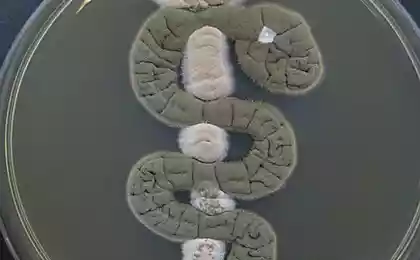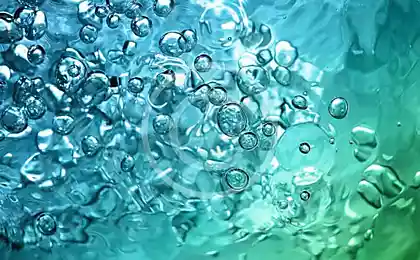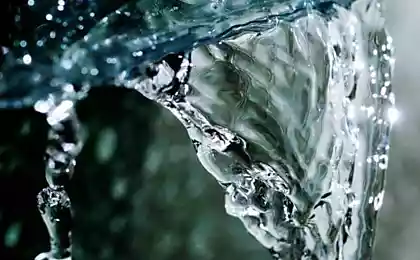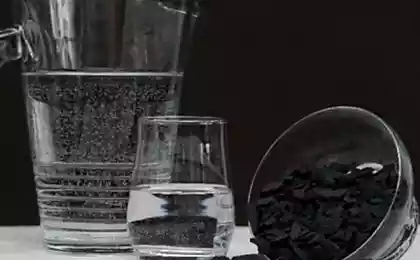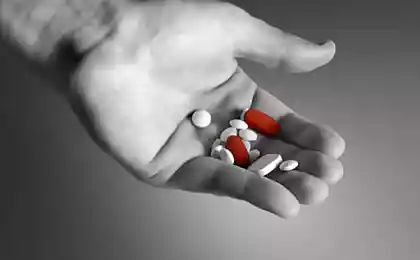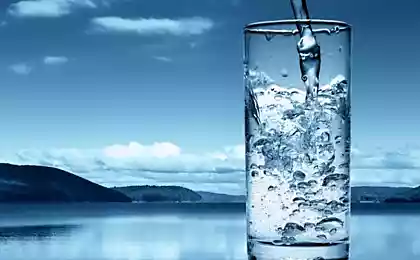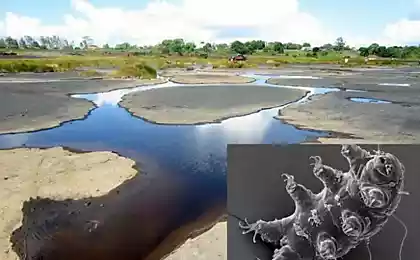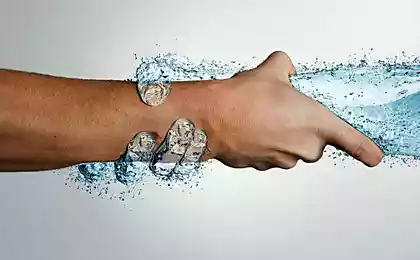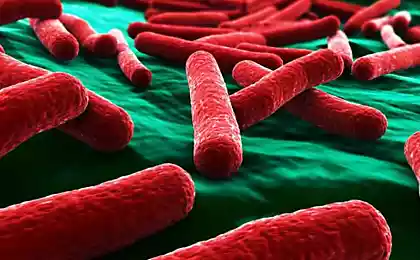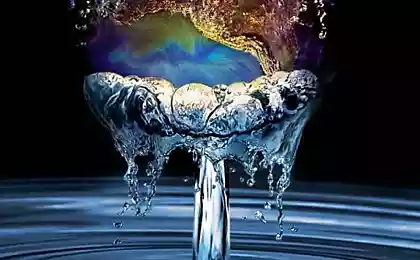623
For the survival of life need much less water than you might think
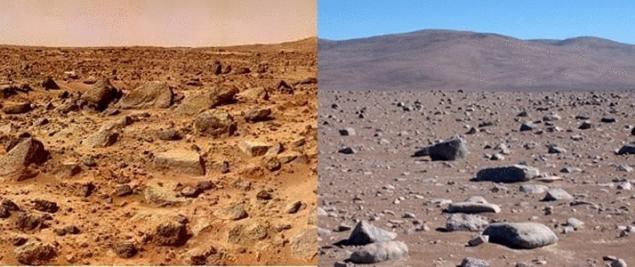
"Look for water" has long been the mantra of our scientific search for extraterrestrial life in the Solar system and beyond. We continue to look for the conditions under which water can remain liquid on a planet's surface or elsewhere within a planetary body. This approach makes sense. For life as we know it, water is essential for complex chemistry, which allows to grow and multiply. Wherever there is water, life has a chance — so we think.
"In principle, all active cellular systems live in the aquatic environment, says John Holsworth, a microbiologist from Queen's University in Belfast. — Without the water environment inside the cell and outside, microbes can die, or at best decide to go into a kind of hibernation".
Born good question: how much water need in life? A recent study conducted by Holsworth and his colleagues showed that the answer is not so much the amount of water, but in its concentration.
The water in which we brew tea perfectly accommodates other molecules in their liquid environment. In addition, water is a powerful solvent and easily dissolves salts in the oceans and minerals on earth. As a result, water can become unpleasant or even toxic to life, depending on what is dissolved in it. Life needs "biologically available" water, extractable from the environment.
"Although it may sound counterintuitive, the quantity of water present in the potentially habitable environment, is not a measure of how biologically available are water molecules, says Hallsworth. — As a defining factor for life processes is the concentration of water molecules".
A measure of the biological availability of water is called "water activity". Hollsworth says that in the cells it works the same as the fuel mixture in the engine. The engine can be designed to operate with fuel in the form of 95% ethanol and 5% water, and the amount of water used is not crucial, as its relative concentration in the mixture.
"This engine can make and function the same regardless of whether there's a liter or a hundred fuel in the fuel tank".
But if you are thin, the ratio of ethanol and water is broken, "the engine becomes less efficient and starts to act up". If the ratio of the fuel mixture crosses a critical threshold, "the engine may cease to work", which can be compared with the death or inactivity of a living organism.
In his new job Hallsworth and his colleagues studied the minimum level of water activity required for life on Earth. The authors also tried to determine what this level would mean to search for life in the Universe. The good news: at first glance, the arid places in our Solar system can support a fairly high level of water activity, which can evolve certain microbes. In fact, some extraterrestrial conditions do not differ much from places on Earth that survive the so-called "extremophiles" — microbes, experiencing temperature changes, high pressure and low water activity.
"There is a limit the limit of water activity for even the most resistant forms of life, says Hallsworth. — Therefore, we determined the environments that exist in the current Solar system, and found that some of these places resemble fertile microbial dwellings on Earth."
How far can you go?
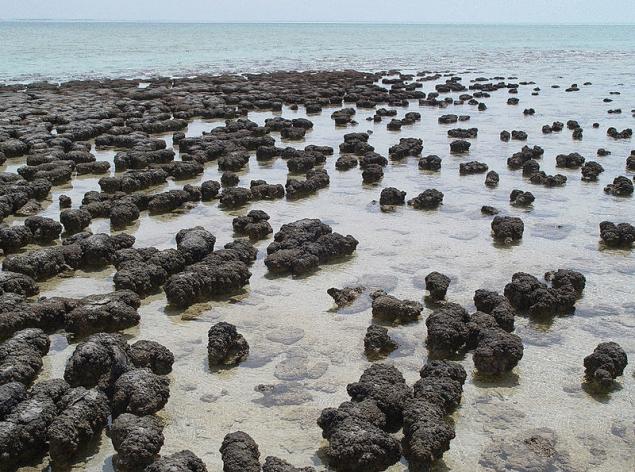
Modern Australian stromatolites
Although the vast majority of terrestrial organisms living in the area with a high water activity, the planet is definitely not dry. The minimum water activity for life is about 0,600 — the equivalent of 60% RH, a figure that we associate with the weather. The maximum activity of the pure water has an arbitrary value of 1.
All three domains of life on Earth have their Champions-organisms that live in water activity to 0,600 or slightly higher (this level of humidity is considered low). For eukaryotes, the domain that includes humans and other animals, the first place is the yeast called Xeromyces bisporus. This form breeds in the sweet dry environment and can cause damage to products.
Scientists first discovered the amazing ability of these yeast to grow when the level of water activity 0,605 in 1968. For decades, along with a dozen other fungi, X. bisporus completely covers the range up to increased water activity in 0,700. Two other domains of life — bacteria and archaea — which include only single-celled creatures, known as prokaryotes, can survive at water activity in 0,755.
This is a significant difference brought thoughts of scientists about the origin of life on Earth to a standstill. It is believed that prokaryotic cells that eukaryotic easier, was the first species of life. Most likely, the prokaryotes ruled the planet for billions of years before the rise of eukaryotes.
However, the earliest evidence of life suggests that she appeared in a salty environment with relatively low water activity. For instance, layers of microbes formed stromatolites in coastal environments, the fossils of which we study today. In tidal areas, where there are communities of microbes that salt was building up on the stromatolites as the water evaporates, remaining from the high tide. Besides, billions of years ago the oceans were supposed to be two times saltier than it is today. In some incomprehensible way primitive organisms cope with increased doses of salt.
A recent study conducted by Hallsworth and his colleagues offered a solution. Some prokaryotes, as it turned out, unable to deal with such saturated salt conditions, along with lovers of the low humidity, the yeast X. bisporus. For many years scientists claimed that life can function at a water activity below 0,600, but over time, this has not been confirmed.
All evidence to date confirm that the water activity in the range of up to 0,690 0,600 represents "biophysical edge functional biosphere of the Earth."
Slow and steady будешь
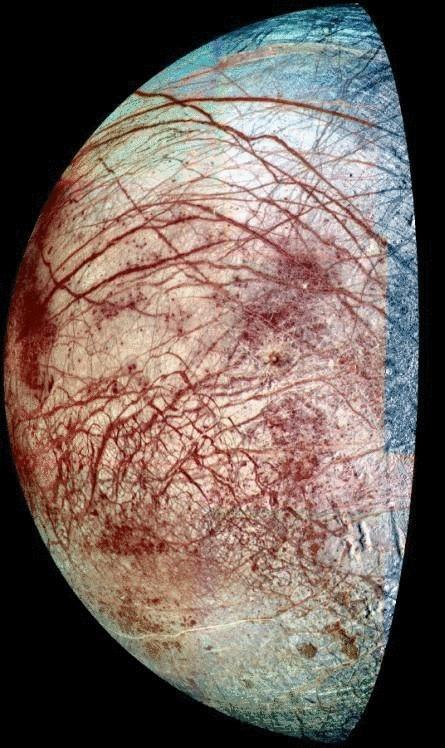
Europe, moon of Jupiter
This range of water activity encompasses scenarios where water need not exist in its friendly flowing form. From steam to ice, water is a dynamic molecule with a relatively small temperature variation.
On Earth, even a thin film of water collected from open rocks can be a cornucopia of germs. Previous studies have confirmed that the water layer thickness in the three molecules may be sufficient for biological availability.
On a cold dry Mars film of such thickness can exist either in the form of ice or minerals. Salt crystals, for example, can absorb a small humidity of the Martian atmosphere and form a thin, salty coating. The water contained in minerals, or, more interestingly, in underwater deposits of melt water, can also provide the microbes necessary for reproduction. When the environment again becomes dry, the microbes can go into a dormant state as they do on Earth. Moreover, in its warm and wet past Mars may have reservoirs of salt water, which could be equivalent to earth in terms of water activity.
Besides Mars, one of the best hotels to sustain extraterrestrial life in the Solar system is Jupiter's moon Europa. Her chemistry on the surface suggests that the moon could have formed brines with acceptable water activity. Other factors like extreme cold and low pressure, of course, could play a role — but everywhere. Potentially warm and humid bowels of Europe, however, represent another option for survival, it is quite suitable for life as we know it.
Many other places in the Solar system can theoretically have the necessary level of water activity for the development of extremophiles. Rich geysers of Saturn's moon Enceladus, for example, and even asteroids could have regions with suitable water activity.
The work of Hallsworth fanning the debate about whether a life-form through the entire life cycle without any external source of water. While the cells have some water inside, which were originally derived, it can develop and pass through all the reproductive stages. But evidence of this yet. Hallsworth hopes to find them before to say "no" until we resumetime in ancient wisdom: life will always find a way.
The distribution of the earth's микробов
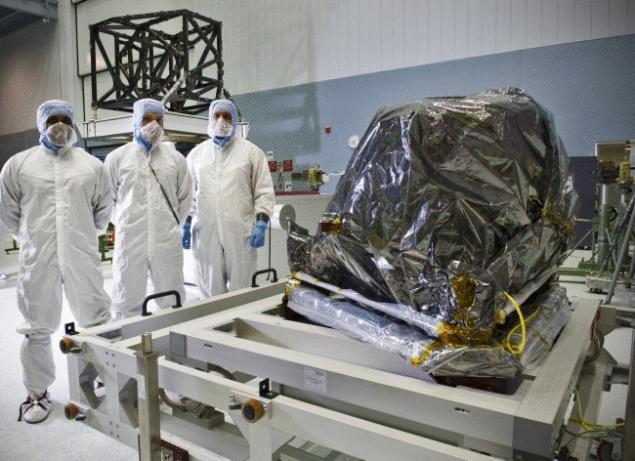
"Clean room" at NASA
Overall, since the activity of water does not create serious limitations for life in certain places of the Solar system, there is no guarantee that in other places of our solar system have planetary bodies have a problem with it.
With this in mind, Hallsworth pays part of the job issues of people-explorers or robotic probes accidentally spread earth life to other worlds. We know that this space Agency take very seriously. NASA, for example, has introduced a program of planetary protection to ensure that none of the microbe do not accidentally go on a trip to Mars or somewhere else. The engineers who build the Mars Rovers in a sterile "clean rooms" to reduce potential contamination.
"Where other conditions like temperature, in theory, enable the development of biological life, we need to pay serious attention not to accidentally extend the life of our planet," says Hallsworth.
Water activity is a phenomenon that requires clear understanding and careful monitoring. However, in the opinion of Holdsworth, it is treated insufficiently sensitive.
One of the reasons that scientists ignore water activity is the historical accident which established the maximum value per unit. Accordingly, the values of water are expressed in fractions of a unit like 0,755 and 0,605, which we discussed above. Thus, profound changes in water activity, as a consequence, seem to be subjectively small.
From the work of Hallsworth it follows that the change in water activity of 0.1 is equivalent to a temperature change of 35 degrees Celsius. Obviously, when such a temperature difference, for example, can die.
"In most natural habitats, parameters like temperature and water activity fluctuate continuously, the scientist said. — However, the majority of microbiologists thinks the unthinkable and strange to measure changes in cultures of living beings with a precision of plus or minus one degree Celsius."
But in the case of water activity, for a genuine precision biologists should record it with accuracy to three decimal places.
"We have evidence that a microbial cell is sensitive to changes in water activity in the third decimal place, and it is believed that cells may be more sensitive. If you do not improve the accuracy of determining water activity, this value is not to be missed sense from the point of view of biology".
Source: hi-news.ru
